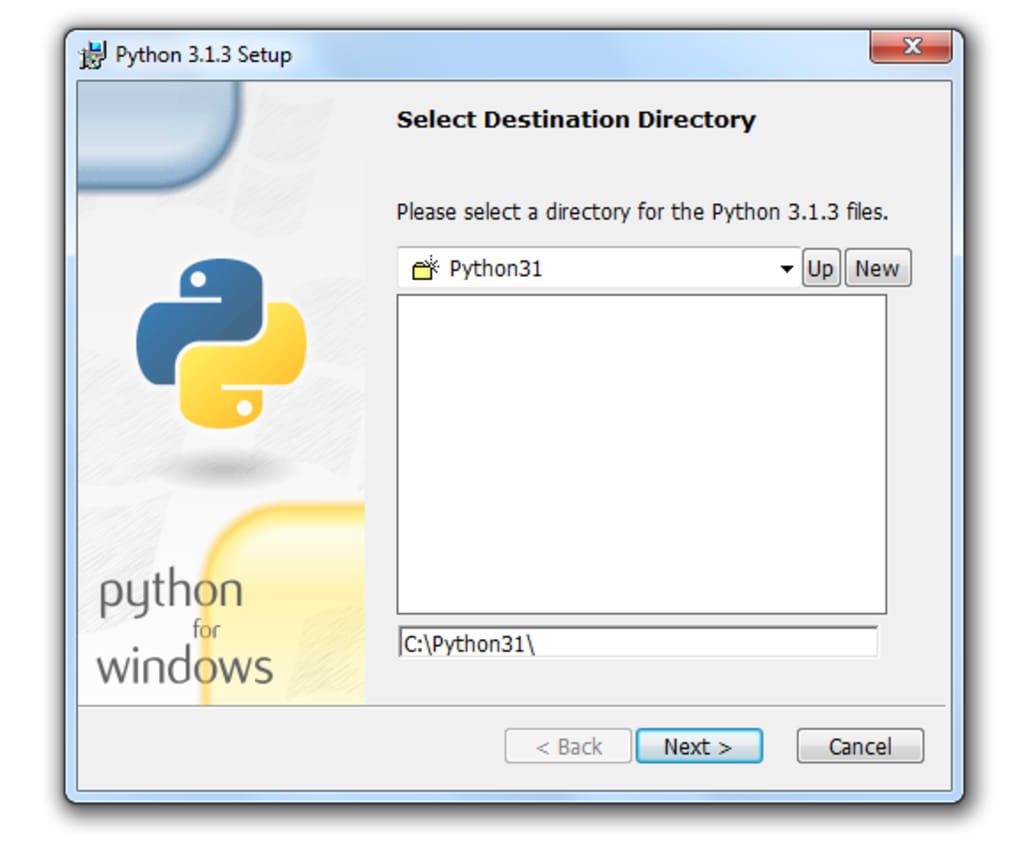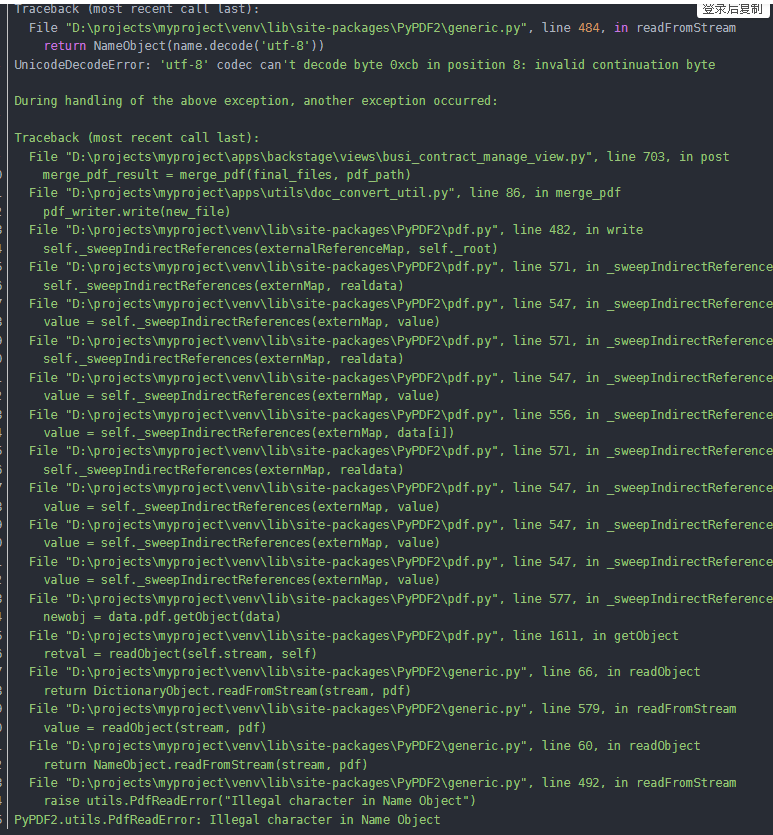

Finally, we had close the PdfFileObj in the end. Extract the text from pageObj using extractText () method.

Get the page number and store it on pageObj. Passing the Read file in the PdfFileReader method so it can be read by PyPdf2. Int PosteRazorCore::savePoster(const QString &fileName) constĬonst QSizeF posterSizePages = posterSize(Types::PosterSizeModePages) Ĭonst QSizeF sizeCm = convertSizeToCm(printablePaperAreaSize()) Ĭonst int pagesCount = (int)(ceil(posterSizePages.width())) * (int)(ceil(posterSizePages.height())) Ĭonst QSize imageSize = m_imageLoader->sizePixels() Ĭonst QByteArray imageData = m_imageLoader->bits() Įrr = pdfWriter.startSaving(fileName, pagesCount, sizeCm.width(), sizeCm.height()) Įrr = pdfWriter.saveJpegImage(m_imageLoader->fileName(), imageSize, m_imageLoader->colorDataType()) Įrr = pdfWriter. Open the file in binary mode using open () built-in function. You can rate examples to help us improve the quality of examples. Status = CreateBiLevelGrayScales(inTestConfiguration,pdfWriter) These are the top rated real world Java examples of .PdfWriter extracted from open source projects. Status = CreateBlackAndWhiteMaskImage(inTestConfiguration,pdfWriter) Status = CreatePageForImageAndRelease(pdfWriter,imageFormXObject) PDFFormXObject* imageFormXObject = pdfWriter.CreateFormXObjectFromTIFFFile(RelativeURLToLocalPath(inTestConfiguration.mSampleFileBase,"TestMaterials/images/tiff/multipage.tif"),TIFFParameters) Ĭout<<"failed to create image form XObject from file, for file "<<"multipage.tif page "< As always, install them with your favourite package manager or via Apt ( sudo apt install PACKAGE-NAME. The respective Python package names are python-pdfrw (Python 2.7) and python3-pdfrw (Python 3.x). As discussed in Tim’s tutorial, the two most popular pure Python PDF libraries are pdfminer and PyPDF2. I think you may be looking for pdfrw, a PDF file manipulation library, which contains a class named PdfWriter. Latest Released Version: 1.7 (August 15th, 2012) - Current Development Version: 1.7.1 Main features. It also has no dependencies except Python, and the current version (0.2) is available on PyPI for both Python 2 and Python 3 (2.6, 2.7, 3.3, and 3.4). Status = pdfWriter.StartPDF(RelativeURLToLocalPath(inTestConfiguration.mSampleFileBase,"TiffSpecialsTest.PDF"),ePDFVersion13,LogConfiguration(true,true,RelativeURLToLocalPath(inTestConfiguration.mSampleFileBase,"TiffSpecialsTestLog.txt"))) įor(int i=0 i<4 & (PDFHummus::eSuccess = status) ++i) PyFPDF is a library for PDF document generation under Python, ported from PHP (see FPDF: 'Free'-PDF, a well-known PDFlib-extension replacement with many examples, scripts and derivatives). These are the top rated real world Python examples of extracted from open source projects. EStatusCode TiffSpecialsTest::Run(const TestConfiguration& inTestConfiguration) Python PdfWriter.addPage - 3 examples found.Python 3 pdfwriter xtopus install#
Python 3 pdfwriter xtopus pdf#


 0 kommentar(er)
0 kommentar(er)
